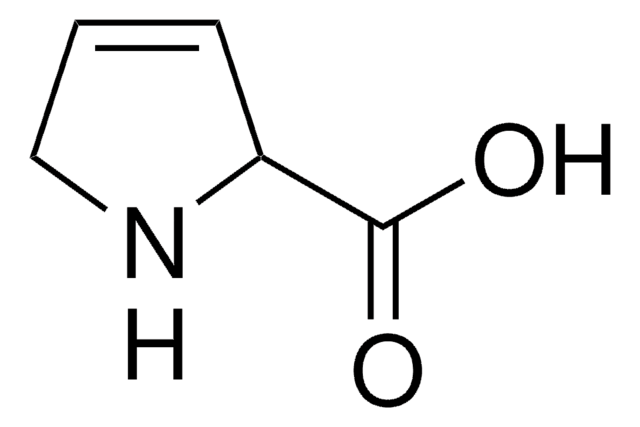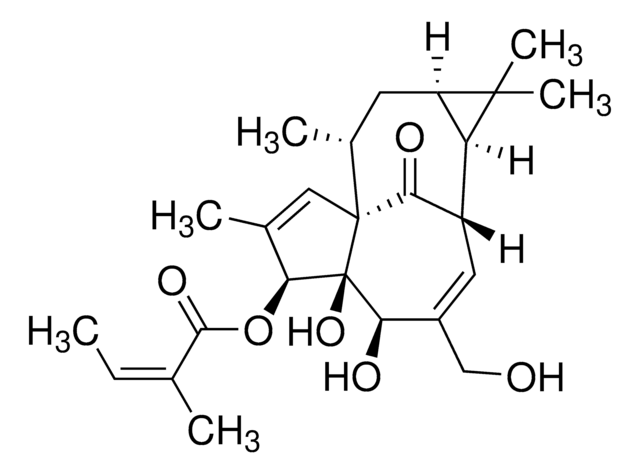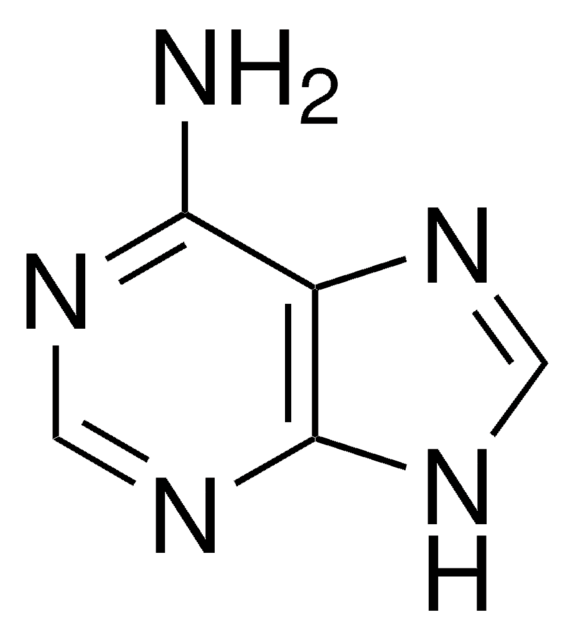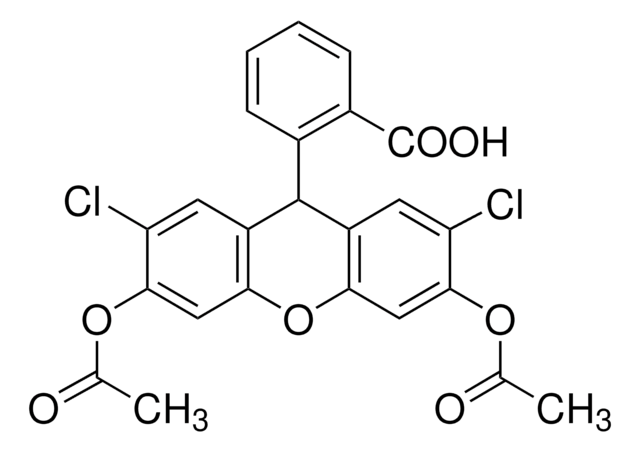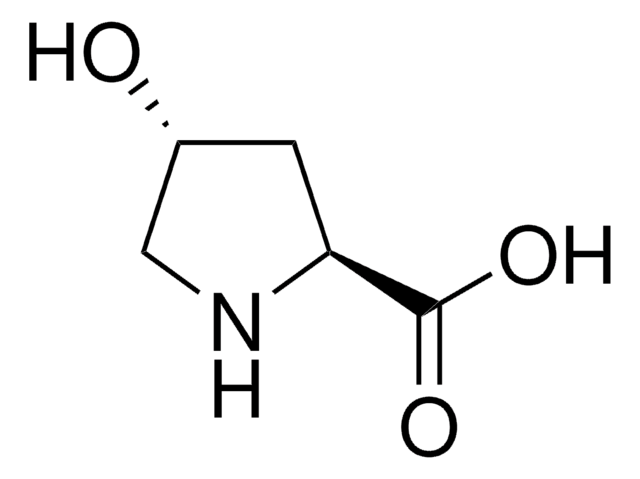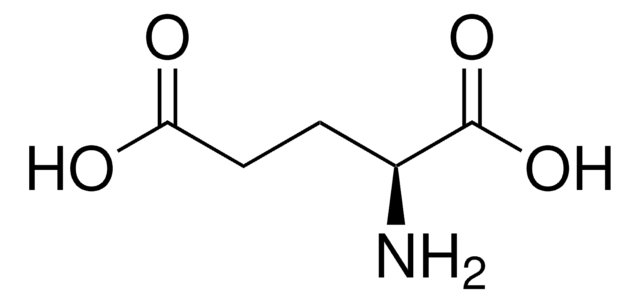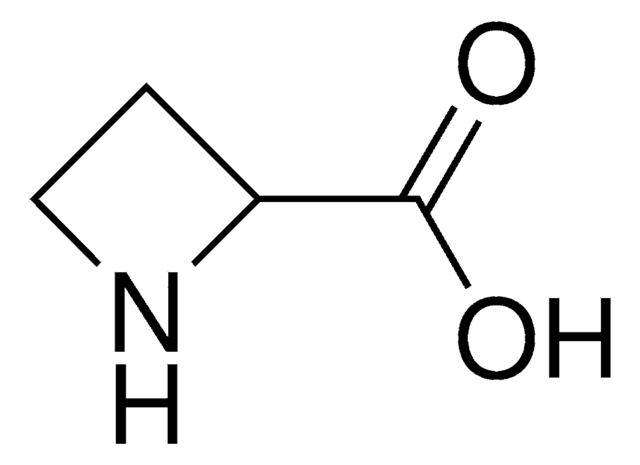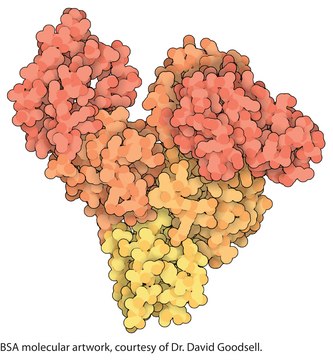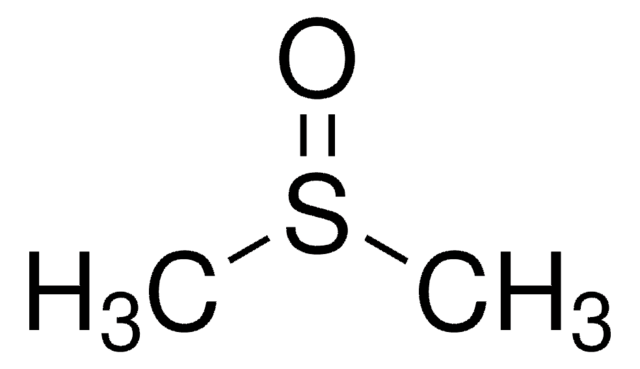D4893
3,4-Dehydro-L-proline
≥98% (TLC), suitable for ligand binding assays
Synonym(s):
(S)-3-Pyrroline-2-carboxylic acid, 3,4-Didehydro-L-proline
Sign Into View Organizational & Contract Pricing
All Photos(1)
About This Item
Empirical Formula (Hill Notation):
C5H7NO2
CAS Number:
Molecular Weight:
113.11
Beilstein:
5376764
EC Number:
MDL number:
UNSPSC Code:
12352209
eCl@ss:
32160406
PubChem Substance ID:
NACRES:
NA.26
Recommended Products
Product Name
3,4-Dehydro-L-proline,
Assay
≥98% (TLC)
Quality Level
form
powder
technique(s)
ligand binding assay: suitable
color
white
mp
248-250 °C
application(s)
peptide synthesis
SMILES string
OC(=O)[C@H]1NCC=C1
InChI
1S/C5H7NO2/c7-5(8)4-2-1-3-6-4/h1-2,4,6H,3H2,(H,7,8)/t4-/m0/s1
InChI key
OMGHIGVFLOPEHJ-BYPYZUCNSA-N
Looking for similar products? Visit Product Comparison Guide
General description
3,4-Dehydro-L-proline acts a prolyl-t-RNA synthetase.
Biochem/physiol Actions
3,4-Dehydro-L-proline is used as a substrate and inhibitor of various enzymes. 3,4-Dehydro-L-proline may be used to inhibit extensin biosynthesis. 3,4-Dehydro-L-proline is a alternate substrate of the amino acid oxidase, NikD. 3,4-Dehydro-L-proline inhibits collagen secretion by chondorcytes.
Storage Class Code
11 - Combustible Solids
WGK
WGK 3
Flash Point(F)
Not applicable
Flash Point(C)
Not applicable
Personal Protective Equipment
dust mask type N95 (US), Eyeshields, Gloves
Choose from one of the most recent versions:
Already Own This Product?
Find documentation for the products that you have recently purchased in the Document Library.
Chunxiang Xu et al.
BMC plant biology, 11, 38-38 (2011-02-26)
Hydroxyproline rich glycoproteins (HRGPs) are implicated to have a role in many aspects of plant growth and development but there is limited knowledge about their localization and function during somatic embryogenesis of higher plants. In this study, the localization and
Acute respiratory failure (1985)
Annick Méjean et al.
Biochemistry, 49(1), 103-113 (2009-12-04)
Anatoxin-a and homoanatoxin-a are two potent cyanobacterial neurotoxins. We recently reported the identification of the gene cluster responsible for the biosynthesis of these toxins in cyanobacteria and proposed a biosynthetic scheme starting from L-proline and involving three polyketide synthases for
J B Cooper et al.
Plant physiology, 104(2), 747-752 (1994-02-01)
We investigated the function of cell wall hydroxyproline-rich glycoproteins by observing the effects of a selective inhibitor of prolyl hydroxylase, 3,4-dehydro-L-proline (Dhp), on wall regeneration by Nicotiana tabacum mesophyll cell protoplasts. Protoplasts treated with micromolar concentrations of Dhp do not
T A Sullivan et al.
The Journal of biological chemistry, 269(36), 22500-22506 (1994-09-09)
During development and fracture repair, endochondral bone formation is preceded by an orderly process of chondrocyte hypertrophy and cartilage matrix calcification. Analysis of calcifying versus noncalcifying cartilage has identified several differences in matrix proteins; among these are appearance of a
Our team of scientists has experience in all areas of research including Life Science, Material Science, Chemical Synthesis, Chromatography, Analytical and many others.
Contact Technical Service